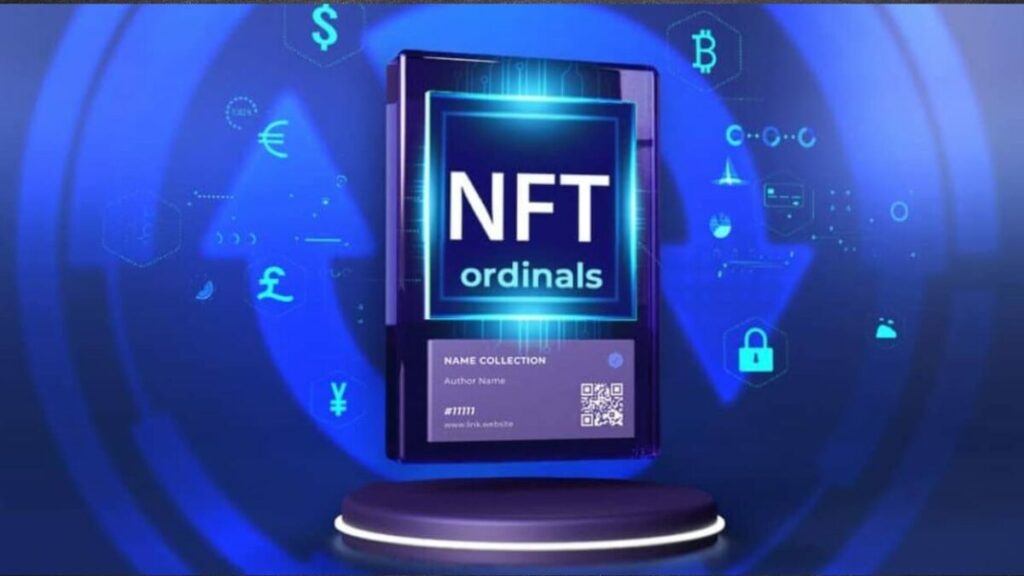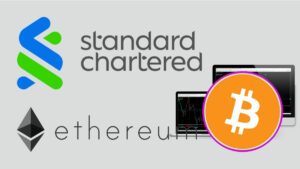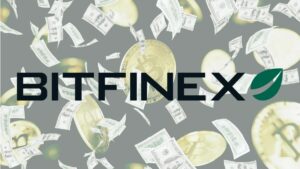Luminex, the launchpad behind the coveted Bitcoin Ordinals, has introduced a new “BRC-69 standard” on a official post that aims to simplify the creation of Recursive Ordinals collections, reducing inscription costs and streamlining the on-chain pre-reveal process.
On July 3, Luminex took to Twitter to announce the new standard, which it describes as “revolutionary” that can reduce the costs of inscriptions for Ordinals collections by over 90%. This will help to optimize the Bitcoin (BTC) block space as the number of inscriptions grow.
As the scarcity and cost of Bitcoin block spaces become increasingly apparent, there is an urgent need for inventive solutions to enable creators to bring their ideas to life while optimizing efficiency. Thus, the BRC-69 standard will aim to achieve such shortcomings, boosting Bitcoin Ordinals on a massive scale.
🟨 (1/7) GM! Today, we're excited to introduce BRC69, a revolutionary standard for creating Recursive #Ordinals collections with ease. This standard will be instrumental in launching Recursive collections on Bitcoin.
More details here: https://t.co/zaID07tnD5
— Luminex (@luminexio) July 3, 2023
How will BRC-69 Help in Reducing Cost?
According to the blog post, BRC-69 will reduce costs through a streamlined 4-step process – inscribing traits, deploying the collection, compiling the collection, and minting assets. With BRC-69, minters do not need to engrave a full image but only one line of text. This text allows the final image to be automatically rendered on all ordinals-frontends using solely on-chain resources, thanks to the power of recursive inscriptions.
This mean that unlike other SVG recursive collections, these images are dragged, dropped, and saved as typical image-type Ordinals, offering minters and collectors unprecedented flexibility and convenience. Luminex tweeted,
“The brilliance of BRC69 lies in its simplicity. Minters only need to inscribe a single line of text instead of a full image.This text allows the final image to be automatically rendered on all ordinals-frontends,using solely on-chain resources, thanks to recursive inscriptions.”
(3/7) With BRC69, we can reduce the costs of inscriptions for Ordinals collections by over 90%. This reduction is achieved through a 4-step process: (1) inscribe traits, (2) deploy collection, (3) compile collection, and (4) mint assets.
— Luminex (@luminexio) July 3, 2023
What are Recursive Ordinals?
The introduction of BRC-69 follows the recent update by the Bitcoin Ordinals Protocol, which introduced the concept of “recursive inscriptions”, on June 12. For the unversed, Recursive Ordinals builds upon the concept of Bitcoin Ordinals, which enabled users to inscribe files fully on the Bitcoin blockchain. In its current form, however, the Ordinals protocol has the capacity to store 4 MB of data on the network.
Recursive inscriptions extract data from existing inscriptions and utilize it within new ones, making it possible for Ordinals to exist through an integrated series of call functions, outside the confines of its existing storage limit.

Furthermore, the BRC-69 standard will not only lead to a cleaner image, but it will also allow for collections to be launched with an entirely on-chain pre-reveal process. This means, everything will happen directly on the blockchain without requiring off-chain resources, including the final image and its associated traits. Last month, popular Ordinals collector Leonidas explained on Twitter,
“The most complex pieces of software are just a bunch of code compiled together after all. Now it becomes possible to put a complex 3D video game fully on-chain on Bitcoin. Bitcoin is essentially getting an internal internet where every file can request data from the other files on Bitcoin.”
WTF are recursive inscriptions?
Here is everything you need to know:
Earlier this year the Ordinals Protocol introduced the ability for anyone to inscribe files fully on-chain onto Bitcoin. These inscriptions are self-contained and unaware of the other files that had been… pic.twitter.com/O3jt6lhaxT
— Leonidas.og (@LeonidasNFT) June 12, 2023
Bitcoin Ordinals’ Exponential Rise
Bitcoin Ordinals have witnessed a tremendous growth since inception. Earlier this year, the Bitcoin (BTC) network climbed to become the second-largest NFT chain surpassing Solana (SOL), following the launch of Bitcoin Ordinals. Recently, Binance, the world’s largest crypto exchange, announced support for Bitcoin NFTs in its dedicated NFT marketplace.
Introducing Ethscriptions: a new way of creating and sharing digital artifacts on Ethereum using transaction calldata.https://t.co/XfQ7RdtblD
ALSO: Introducing Ethereum Punks. Because why should all non-contract Punk collecting happen on Bitcoin?https://t.co/d3Ycwbdc2Z…
— Middlemarch (@dumbnamenumbers) June 16, 2023
Furthermore, the dramatic rise of Bitcoin Ordinals have also propelled a new trend in the digital assets sector with the introduction of Ethscriptions, a protocol developed by Tom Lehman, co-founder and former CEO of Genius.com, on the Ethereum (ETH) network. Taking inspiration from Bitcoin Ordinals’ Inscriptions,Ethscriptions seeks to enable creators to establish rules for the usage and accessibility of their digital collectibles.










